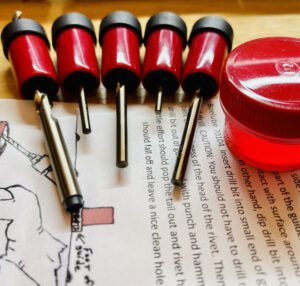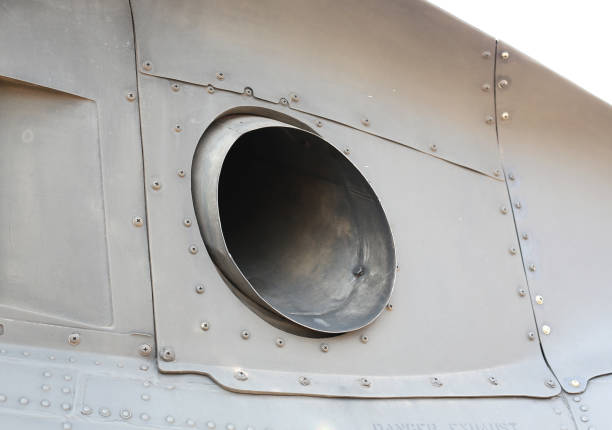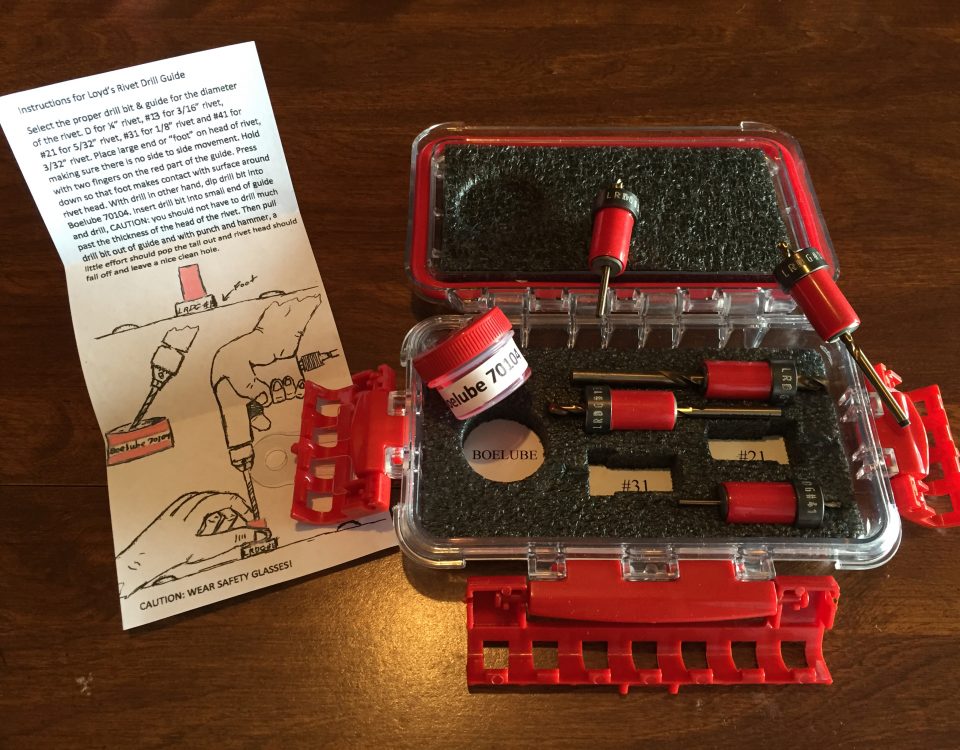The Importance of Proper Rivet Removal for Aircraft Maintenance

How to Choose the Right Rivet Removal Tools for Your Aircraft
February 23, 2023
Boelube Lubricant: A Key Tool in Airplane Maintenance
February 26, 2023The Importance of Proper Rivet Removal for Aircraft Maintenance
As an aircraft maintenance professional, you understand the importance of proper rivet removal for the safety and longevity of aircraft. But for new professionals entering the industry, it’s important to understand just how critical this process is. Improper rivet removal can cause structural damage to aircraft, leading to safety hazards and costly repairs. In this post, we’ll discuss the importance of proper rivet removal for aircraft maintenance and safety.
Why is Proper Rivet Removal Important?
Aircraft are designed to withstand extreme conditions, including high speeds, turbulence, and extreme temperatures. The structural integrity of an aircraft is paramount to its safety and longevity, and rivets play a critical role in maintaining this integrity. They hold the aircraft’s various components together, and improper removal can compromise the structural strength of the aircraft, leading to safety hazards.

Proper rivet removal is especially important during maintenance
Proper rivet removal is especially important during maintenance, repair, and overhaul (MRO) operations, where components may need to be removed and replaced. This can involve drilling out rivets and replacing them with new ones. If this process is not done correctly, it can lead to structural damage that may not be immediately apparent but can result in catastrophic failure in the future.
Potential Risks of Improper Rivet Removal
Improper rivet removal can lead to various risks, including:
- Structural Damage: Rivets are an essential component of the aircraft’s structure, and improper removal can lead to structural damage that compromises the aircraft’s safety.
- Fatigue Failure: Rivet holes that are drilled out too large or too close to the original hole can lead to fatigue failure. This is when the metal around the hole weakens over time, leading to cracks and eventual failure.
- Corrosion: Corrosion is a common issue in aircraft, and improper rivet removal can leave exposed areas susceptible to corrosion. This can weaken the structure of the aircraft, leading to safety hazards.
- Fire Hazards: Improper rivet removal can create metal shavings or sparks, which can lead to fire hazards, especially if the aircraft has flammable materials nearby.
Best Practices for Proper Rivet Removal
Proper rivet removal requires a combination of knowledge, experience, and the right tools. Below are some best practices to follow when removing rivets:
- Follow the Aircraft Manual: Always refer to the aircraft manual for guidance on the proper removal and installation of rivets. The manual will provide detailed instructions on which rivets to remove, which tool to use, and the correct drilling process.
- Use the Right Tool: Using the correct tool for rivet removal is critical to prevent damage to the surrounding structure. There are various rivet removal tools available, including drill bits, rivet cutters, and grinders. It’s essential to choose the right tool for the job to avoid damaging the aircraft’s structure.
- Avoid Excessive Heat: Heat can weaken the structure of the aircraft, so it’s important to avoid excessive heat during rivet removal. Using low-speed drills, cutting fluid, and sharp drill bits can help prevent excessive heat.
- Inspect for Damage: After removing rivets, inspect the surrounding structure for damage, cracks, or corrosion. If damage is found, it must be repaired before installing new rivets.
- Keep the Area Clean: Proper rivet removal generates metal shavings and debris, which can lead to safety hazards. It’s important to keep the area clean and remove any debris to prevent fire hazards and safety risks.
How to Choose the Right Rivet Removal Tool for Your Aircraft
Choosing the right rivet removal tool is crucial to prevent damage to the aircraft structure. There are various types of rivet removal tools available, including drill bits, rivet cutters, and grinders. Each tool has its advantages and disadvantages, and the choice of tool depends on the specific job at hand.
- Drill Bits: Drill bits are the most common tool used for rivet removal. They are easy to use and come in various sizes and shapes to fit different types of rivets. When using drill bits, it’s important to choose a low-speed drill to prevent excessive heat that can damage the surrounding structure. It’s also crucial to use a sharp drill bit to prevent damage to the aircraft’s skin.
- Rivet Cutters: Rivet cutters are another type of tool used for rivet removal. They are designed to cut off the head of the rivet, making it easy to remove the shank. Rivet cutters come in various sizes to fit different types of rivets, and they are typically easy to use. However, they can be expensive and may not be necessary for all rivet removal jobs.
- Grinders: Grinders are a more advanced type of tool used for rivet removal. They are designed to grind down the rivet shank, making it easy to remove. Grinders can be more precise than drill bits or rivet cutters, but they can also be more difficult to use. They are typically more expensive than drill bits or rivet cutters, and they require more experience to use correctly.
- When choosing a rivet removal tool, it’s important to consider the specific job at hand. Different tools are better suited for different types of rivets, and choosing the right tool can prevent damage to the aircraft’s structure. Always refer to the aircraft manual for guidance on which tool to use for each specific job.
Proper rivet removal is critical for the safety and longevity of aircraft. As an aerospace professional, it’s important to follow best practices and use the correct tools for rivet removal to prevent structural damage and safety hazards. By choosing the right tool and following best practices, you can ensure that rivet removal is done correctly and that the aircraft is safe for flight. Be sure to check out our blog post on “How to Choose the Right Rivet Removal Tool for Your Aircraft” for more information on selecting the right tool for the job.


